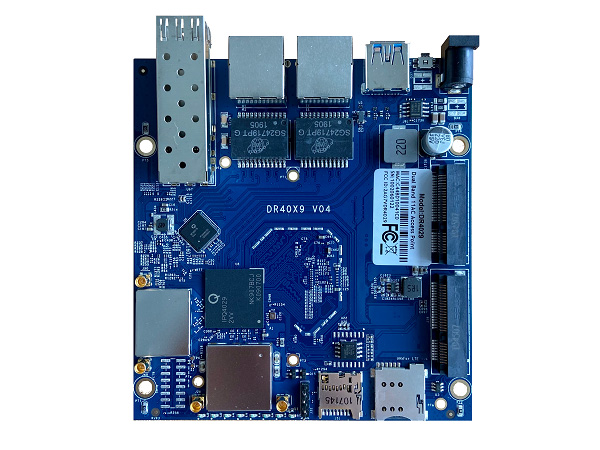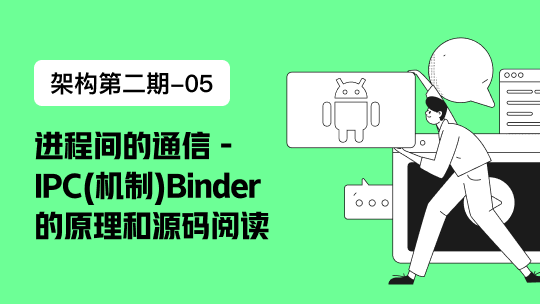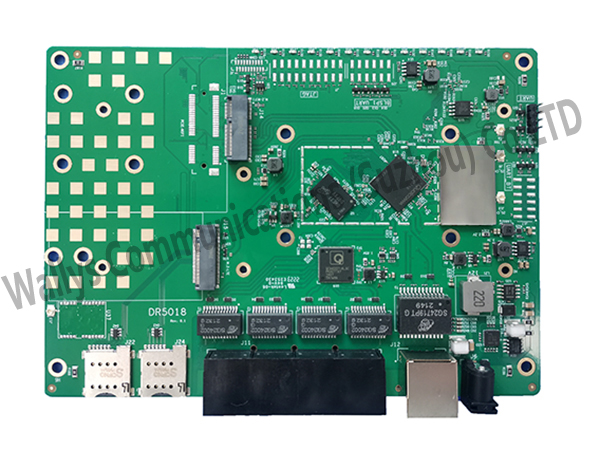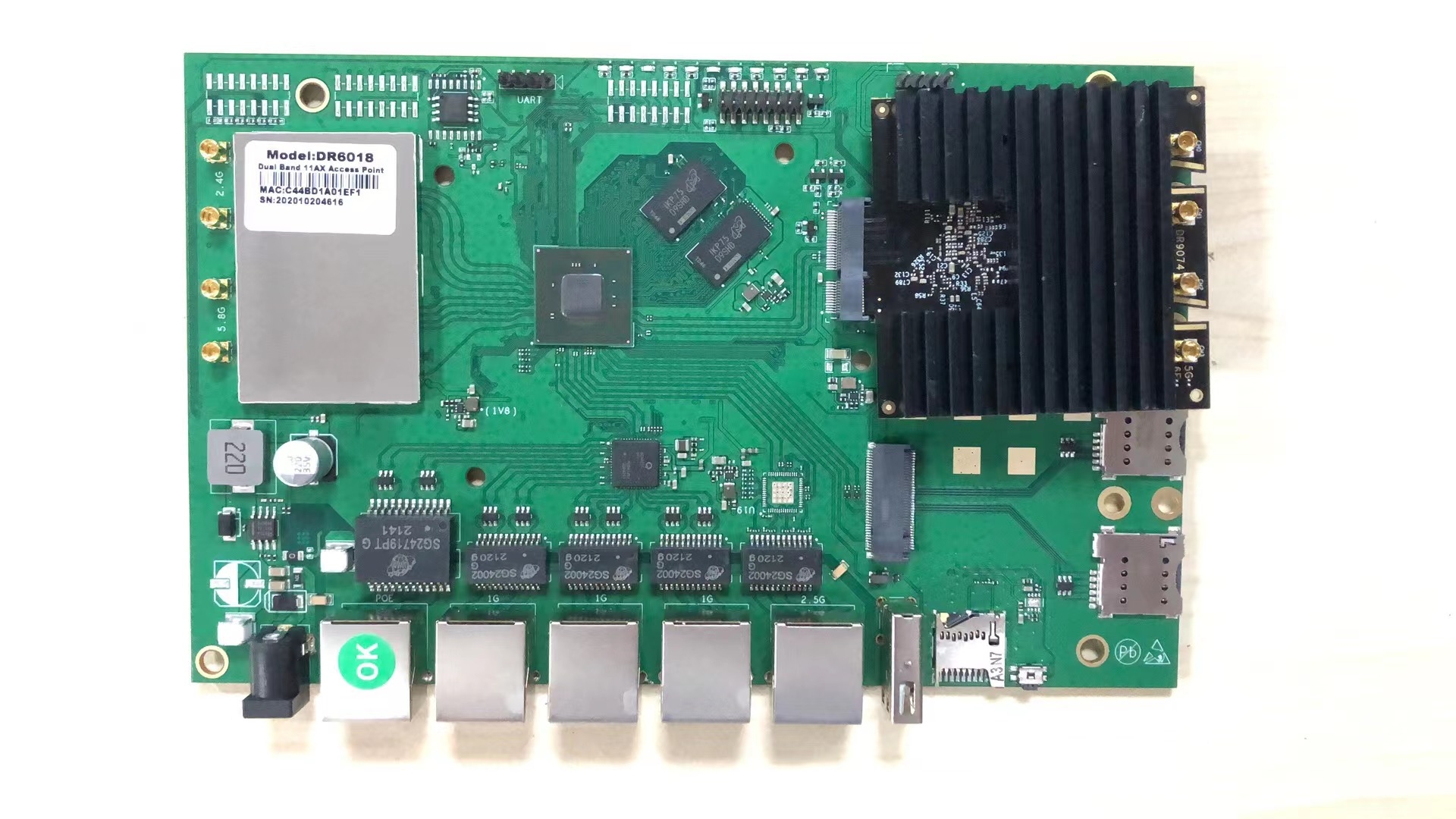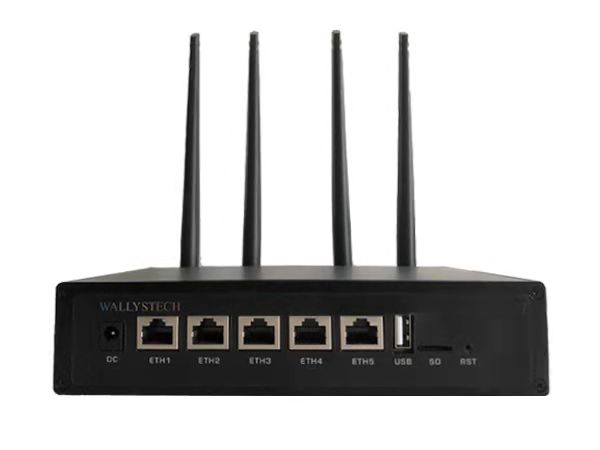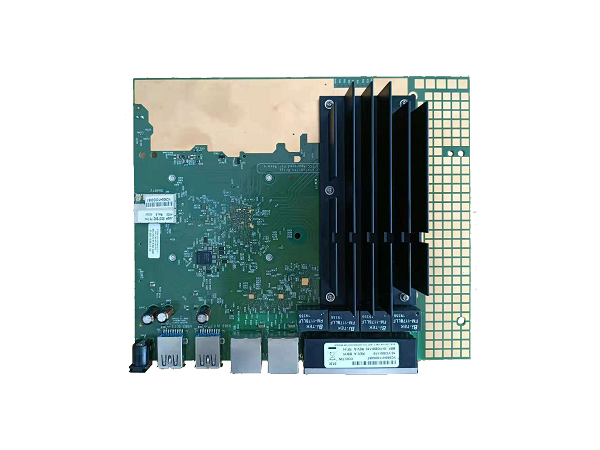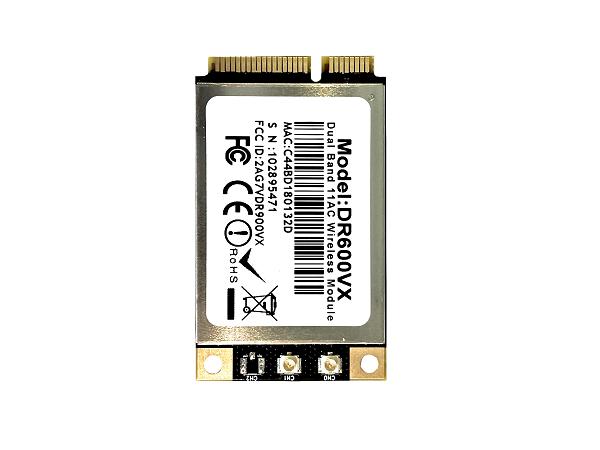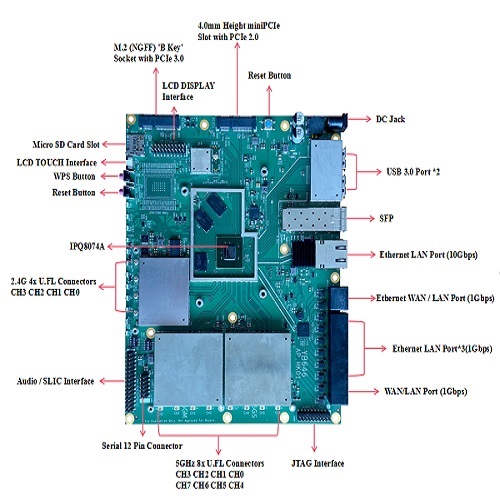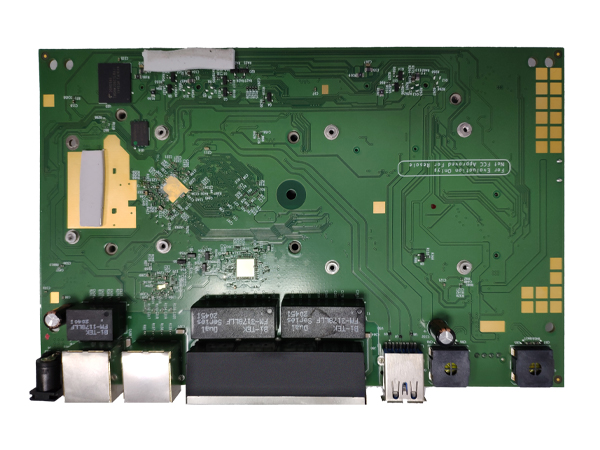QCA9880, QCA9882, MT7915 WiFi 5 performance, power consumption, etc. are different?
- QCA9880/QCA9882 : Developed by the Atheros team at Qualcomm. These two chips are the earliest WiFi 5 solutions on the market and are widely used in routers, aps (access points) and embedded devices in businesses and homes.
- MT7915 : Developed by MediaTek. This chip is relatively new, has a high cost performance, can support more functions while reducing power consumption.
** Frequency band support ** QCA9880** : Supports dual bands (2.4GHz and 5GHz), provides three spatial streams (3x3 MIMO), and is capable of speeds up to 1.3Gbps.
- QCA9882 : Similar to QCA9880, but typically used for dual antennas (2x2 MIMO) with a maximum speed of 866 Mbps.
- MT7915 : Supports dual-band (2.4GHz and 5GHz), and can support up to 4x4 MIMO, that is, can reach a speed of 1.7Gbps, support more spatial streams, so it is better than the first two in performance.
** Power consumption and integration **
- QCA9880/QCA9882 : As an earlier WiFi 5 chip, the power consumption is relatively high, but because of the stable performance, there are still many applications in the market. The QCA9880 will consume more power than the QCA9882, but it will perform better in terms of transmission rate and coverage.
- MT7915 : Mediatek has done more work on power optimization, so this chip will generally consume less power than the QCA9880/QCA9882 under the same conditions, especially for embedded devices and IoT applications requiring low power consumption.
** Throughput and Bandwidth management **
- QCA9880/QCA9882 : Supports MU-MIMO (multi-user - Multiple input multiple output), can serve multiple devices at the same time, but the performance degrades rapidly when more devices are connected at the same time. Bandwidth management is relatively modest.
- MT7915 : Supports MU-MIMO and OFDMA (Orthogonal frequency division multiple Access), the latter is one of the key technologies of WiFi 6, so it can perform well in multi-device environments. The MT7915 performs better in bandwidth management and throughput.

- Driver support and compatibility **
- QCA9880/QCA9882 : Due to a wide range of market applications, driver support is relatively mature, high compatibility, especially in open source projects (such as OpenWRT) have good support.
- MT7915 : Despite being a Mediatek product, the compatibility and drive stability of the MT7915 have also been significantly improved due to the continuous improvement of driver support by Mediatek in recent years.
** Cost and market positioning **
- QCA9880/QCA9882 : Due to the wide range of applications on the market, and the launch time is earlier, the cost is relatively high, but the price is decreasing year by year, suitable for those applications that value stability.
- MT7915 : Mediatek's consistent strategy is to provide cost-effective solutions, so the MT7915 is generally less expensive than the QCA9880/QCA9882, suitable for projects that require performance but have a limited budget.
** Application Scenario **
- QCA9880/QCA9882 : Most used in enterprise-class routers, aps, Bridges and other occasions, especially in environments requiring high stability and compatibility.
- MT7915 : Mainly used for home routers, enterprise access points, smart home devices, suitable for multi-device connectivity and scenarios requiring high performance.
** Antenna configuration and signal coverage **
- QCA9880 : Supports 3x3 MIMO configuration, which means that three antennas can be used to provide wider signal coverage and higher data throughput, suitable for applications requiring stronger signal coverage.
- QCA9882 : Supports 2x2 MIMO configuration, although it has one fewer antenna than the QCA9880, it is sufficient for most home and SME applications. At the same time, the reduction in the number of antennas also reduces the overall power consumption and cost.
- MT7915 : Supports up to 4x4 MIMO configurations and can carry four antennas for better signal coverage and throughput. This makes it extremely advantageous in applications that require large areas of coverage and stable connections. Especially when it supports the combination of OFDMA and MU-MIMO, it can provide a stable connection for multiple devices at the same time.
** Signal processing and anti-jamming capability **
- QCA9880/QCA9882 : These chips have always performed well in the WiFi 5 era, with strong signal processing and anti-interference capabilities. However, when multiple devices are connected at the same time and in high-interference environments, performance may not be as good as WiFi 6 or more advanced solutions.
- MT7915 : Mediatek's chips perform better in high-interference environments by integrating more signal processing technologies such as beamforming and more efficient interference cancellation algorithms. Especially in multi-device home and office environments, its signal processing capabilities can effectively reduce data packet loss and latency.
** Wireless Security features **
- QCA9880/QCA9882 : Supports WPA2 encryption and WPA3 via firmware upgrade, which can meet mainstream security requirements. Qualcomm chips have a good reputation for security, especially in enterprise applications.
- MT7915 : MT7915 supports the latest WPA3 standard, which further improves the security of wireless communications, especially in terms of protecting passwords and preventing brute-force attacks. In contrast, the MT7915's security features are updated in a more timely manner, making it more attractive for situations that require greater security.
summary supplement
- QCA9880 : Strong in stability and compatibility, suitable for large networks and enterprise applications. Supports more antennas, higher transmission rates, but higher power consumption.
- QCA9882 : Similar to QCA9880, but with lower configuration, suitable for cost-sensitive small to medium network applications.
- MT7915 : Designed by Mediatek to support more advanced features such as OFDMA and beamforming, it is suitable for environments requiring low power consumption, cost performance and better multi-device management, making it the preferred choice for households and smes.
Each chip has its own characteristics, and the selection needs to be comprehensively considered according to the specific application scenario, cost budget, performance requirements and other factors.

